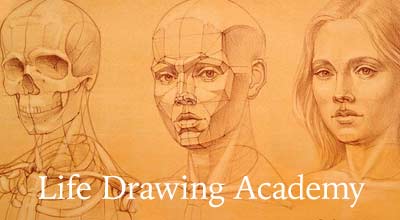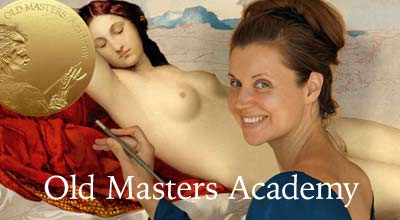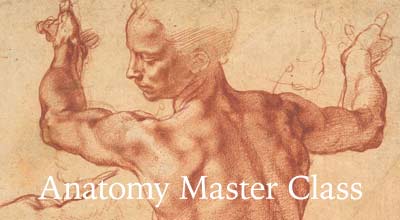Article by Flora
The history of art is full of mermaid splashes, siren songs, and lost treasures recovered by the daughters of the sea. This mythological creature, who loves showing her tail in many cultures that dwelled by the sea, inspires artists and whispers creative ideas into the ears of those who listen.
Yet, as far as I could have seen, there is confusion about the sirens and mermaids. Sometimes, sirens and mermaids are confused for each other. They indeed share a similar skillset and have the same attitudes against sailors who breach their seas. Yet they looked different in Ancient Greek art.
Who Had Tails in Ancient Greece?
In the images that arrive to us from the classical era, even the Nereids, daughters of the Sea-God Nereus, do not have fishtails. Nereids, who live by the sea and have alluring voices, were depicted in complete human form.
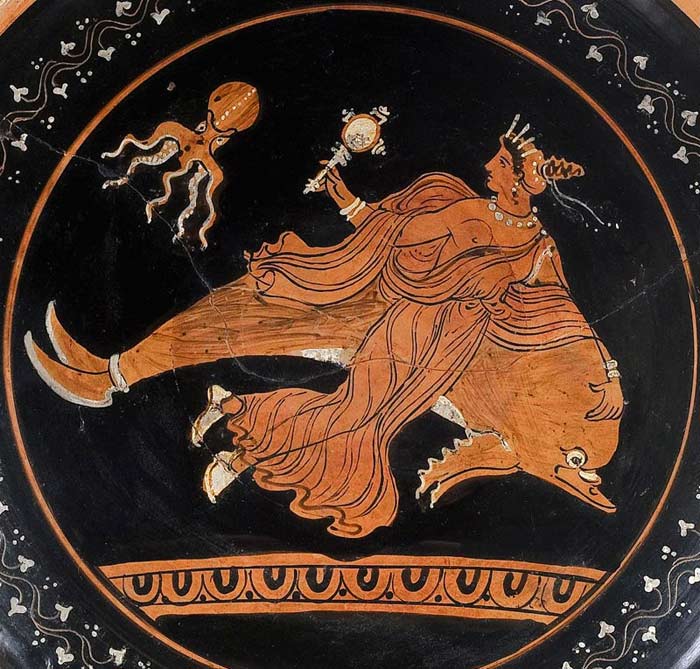
Nereid Riding Dolphin
The only figures with proper mermaid tails are the Titans, such as Triton, Nereus, the Old Man of the Sea, and the mighty Skylla.

Triton Nereus Skylla
In ancient Greek art, sirens did not have fishtails but feathery bird tails. They were depicted as birds with human heads, so their enchanting siren song would originate from the winged realm. Sirens gained their fishtails during the Middle Ages.
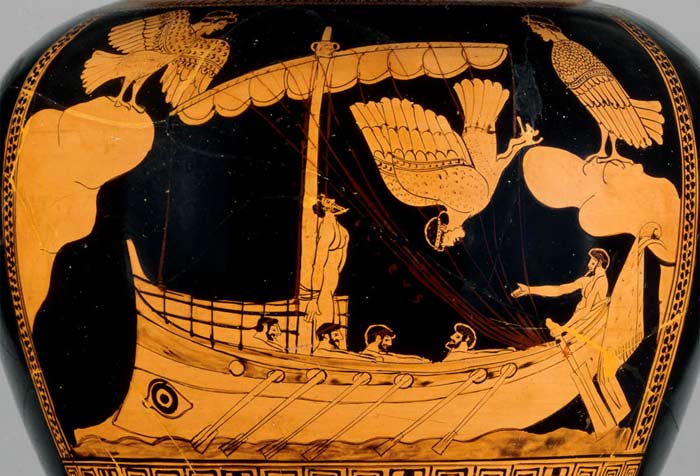
Sirens
Victorian Mermaids
John William Waterhouse is one of the names that would pop up when discussing mermaids. His “A Mermaid” gives us the typical image of a mermaid, which might have also inspired modern mermaid imagery.
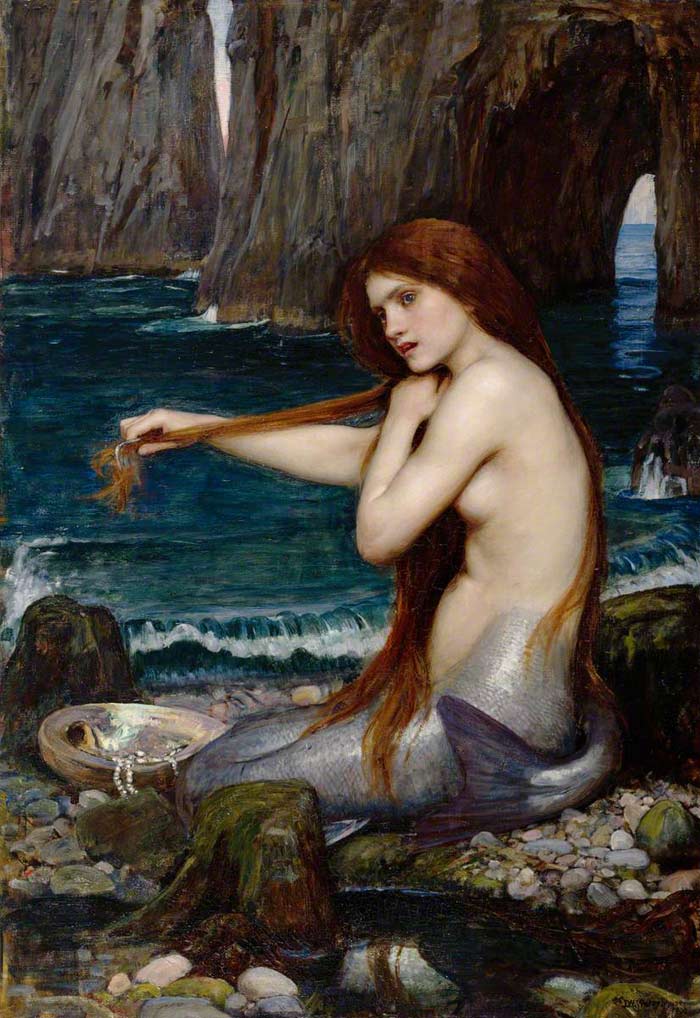
John William Waterhouse – A Mermaid
“A Mermaid” is sitting by the shore, trimming her auburn hair with a trimmer she has probably just found inside a newfound treasure. She is looking at a point along the shore. She is surprised by what she beholds along the shore, in the distance.
“A Mermaid” was inspired by the poem of the same name by the Victorian poet Alfred Lord Tennyson:
I would be a mermaid fair;
I would sing to myself the whole of the day;
With a comb of pearl, I would comb my hair;
And still, as I combed, I would sing and say,
“Who is it loves me? who loves not me?”
Draper’s Sirens
At the beginning of the twentieth century, Herbert James Draper painted his famous Ulysses and the Sirens. This painting depicts a crucial scene from the journey of Ulysses. As you may remember, he was advised to cover the ears of his sailors with beeswax and get himself tied to the mast of his ship while crossing the strait of the sirens. Ulysses did as he was told and faced the siren song alone. This scene shows us the frightfulness on his face. He is somewhat confused; a part of him obliges him to order his men to free him so he can go with the sirens, yet he resists and endures despite the terrible fight in his mind.
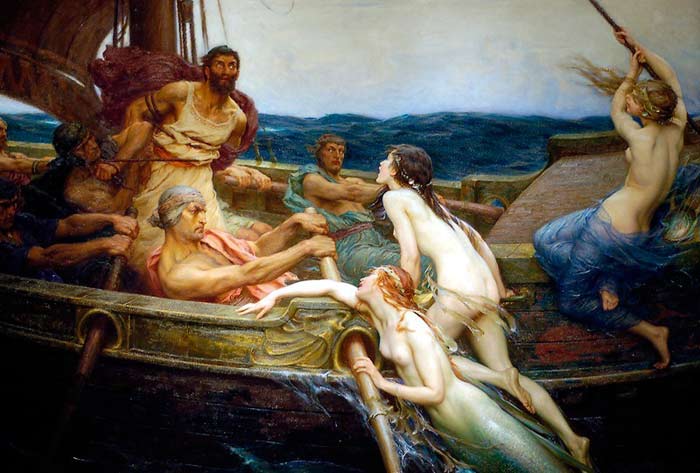
Ulysses and the Sirens by H.J. Draper
In this painting, you have realized that we have two different forms of sirens. One is totally, perfectly human. The second one is the typical mermaid form: half human, half fish, legs covered with shiny scales. This painting suggests that sirens’ shapes shift according to the nature of the space they occupy. They have fishtails when they are in the water, and the fishtail transforms into human legs when they are out of the water. This theme has been repeated a few times in popular culture as well.

